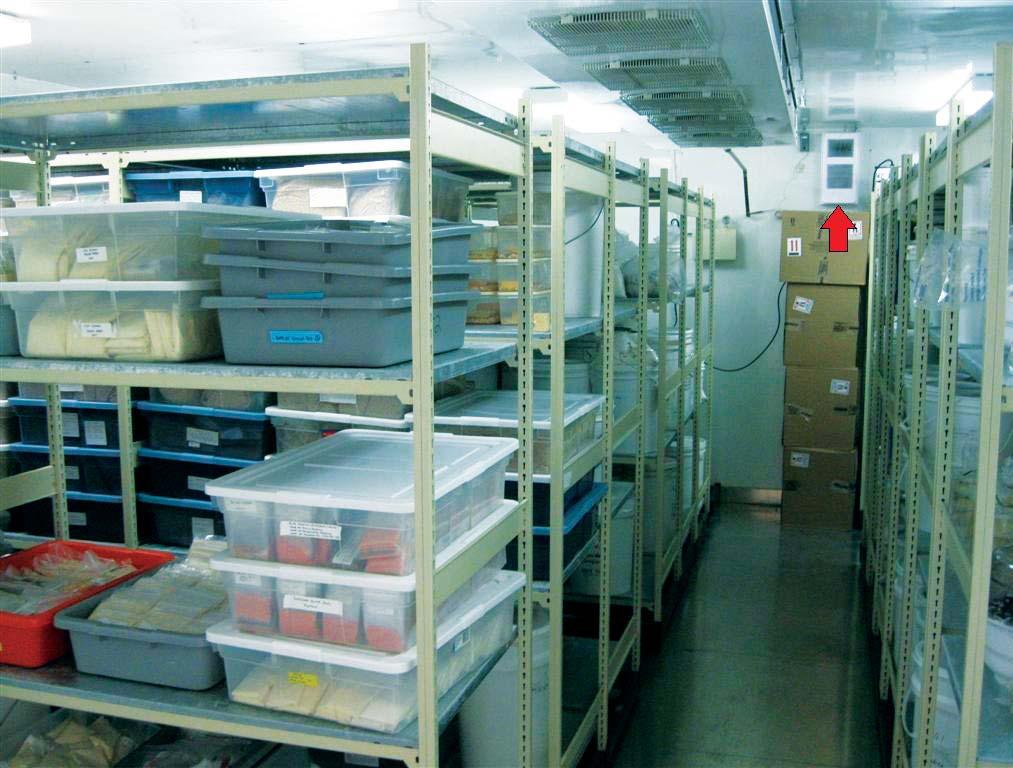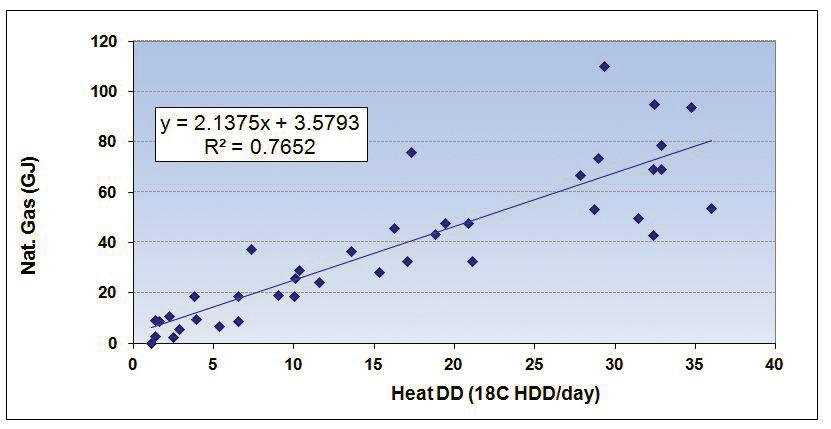
3 minute read
What is energy management?
By Matthew Redekopp, P.Eng., CEM, LEED AP
My business is energy management, yet I frequently have a tough time summarizing the business. In a time where getting facilities upgraded relies heavily on grants from utility providers, it is important to have an understanding of the game before engaging the players. This article attempts to outline the game. So I ask again: what is energy management? I think it is something like that proverbial three-legged stool. The seat is project management. Beneath the seat are the three legs: investigation, implementation, and reconciliation. We are pretty familiar with all of these activities, but we can forget that they are inextricably connected. In the absence of any one leg, we tumble. Let’s look more closely at each leg individually... Beginning with investigation (my personal favourite!): look, listen and leave no stone unturned. This is ground-zero for facility improvement. Take up your notepad, your camera, and your master key. What you are looking for are: things that you can turn off; things that aren’t working as they should; and things that are behind the technological times. Find things you can turn off by visiting your site at night – you will be amazed at what you will stumble upon. Find the rest through such activities as energy audits and recommissioning. Also, keep in mind that just as jammed dampers can foil your economizer so, too, jammed organizational structures – like absent energy policies, unengaged operations team members, and absence of occupant awareness – can foil your best attempts to reach your energy goals. The second leg is implementation. As the slogan says: “Just do it.” That is pretty much self-explanatory... well,
A memorable fi nd: a 5kW electric heater running 24/7 in a walk-in fridge (red arrow).

This is how the natural gas records look when plotted as GJ per day versus heating degree days.

maybe not. First of all, if you are using an incentive-provider to help pay for the project, then you need to know their game plan. In most cases you nullify your chance of getting paid if you start the project without written consent. BC Hydro, for example, requires an assessment, then a proposal, and then an agreement. You also need your own game plan because you can’t just spend money without restraint; to begin with, have a reasonable and measurable goal like, “We want to reduce our electrical consumption by 10 per cent compared to last year.” With that goal in mind, you take the project list

Oh, excuse me! You never know what you will Oh !Y k h ill fi nd when you start opening doors.

you complied from the investigation phase (with its anticipated budget costs and predicted energy savings) and plot out which projects you will tackle with the amount of money you have in hand and the goals you have in mind. You get the picture. Finally, there is reconciliation. When your last project has been implemented and you have had a month or two to rest, you begin by taking the incoming utility bills and comparing them with bills received prior to implementing your projects. A smart way to approach this task is to use a regression model and CUSUM tools using metrics such as weather, hours of occupancy, head counts, etc. NRCan’s Energy Monitoring seminar outlines these tools. Report the fi ndings to your staff, to the occupants, and to your executive. Through these activities, you prove to yourself – and to your executive – that you are meeting your targets and justifying both your job and the validity of your goals. As you see, each leg supports the “seat” of management. Take away any of the legs and the stool will most certainly fail on you. In future articles, we will explore each leg in more detail.
About the author: Matthew Redekopp, owner of Paradigm Energy Solutions Ltd., is an energy manager for School District 59 and the Northern Lights College.

Some low-handing fruit: the light output for this luminaire increased by 23 per cent after cleaning the lens.

Celebrating our 30 Year Anniversary!











